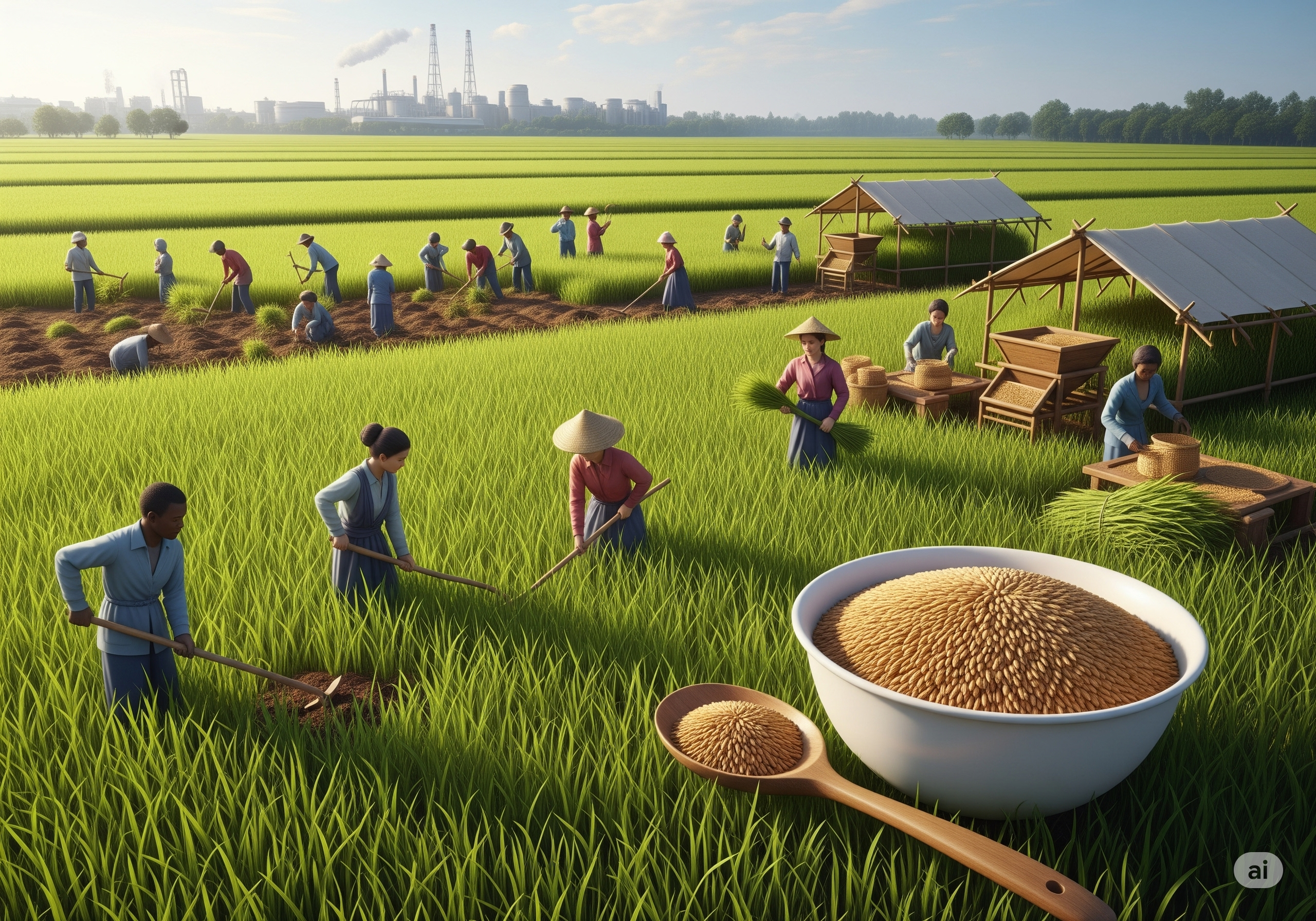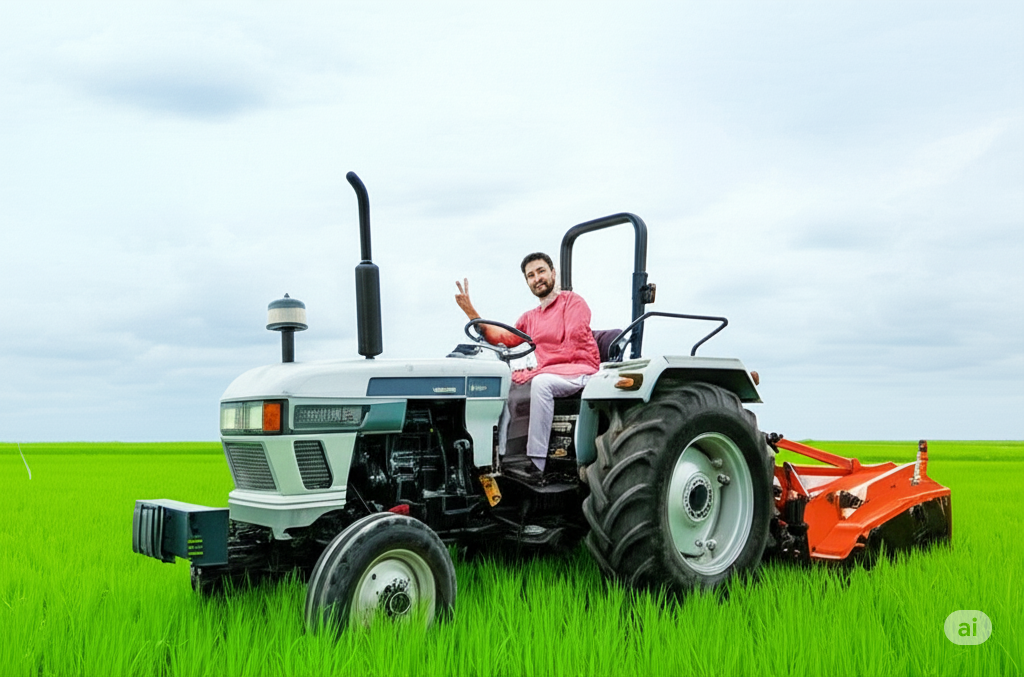

The Golden Grain: Unpacking the Versatility and Vital Role of Yellow Maize
Yellow maize, often simply referred to as corn, stands as one of the world's most significant and versatile cereal crops. Its vibrant golden kernels are not just a feast for the eyes but a fundamental pillar of global agriculture, serving as a staple food for millions, a primary feed for livestock, and an indispensable raw material for a vast array of industrial applications. From the sprawling fields of the American Midwest to the smallholder farms of Africa and Asia, yellow maize embodies a story of historical evolution, nutritional richness, economic might, and an ever-expanding horizon of uses.
The journey of maize began thousands of years ago in the Balsas River Valley of south-central Mexico. Here, ancient Mesoamericans, through ingenious selective breeding, transformed a wild grass called teosinte into the bountiful crop we recognize today. Archaeological evidence suggests that maize was domesticated around 9,000 years ago, making it one of humanity's earliest and most impactful agricultural achievements. Over millennia, indigenous communities cultivated diverse varieties, adapting maize to a wide range of climates and terrains across the Americas. Following Columbus's voyages, maize embarked on its global journey, quickly spreading to Europe, Africa, and Asia, where its adaptability and high yield rapidly cemented its place in local diets and agricultural systems. The distinctive yellow color of many popular maize varieties is attributed to the presence of carotenoids, particularly zeaxanthin and lutein, which are beneficial antioxidants.
Cultivating yellow maize is a science in itself, optimized for maximizing yield and quality. It thrives in warm climates, requiring ample sunlight and well-drained soil. Farmers carefully select varieties based on regional climate, soil type, and intended use. The two primary types of yellow maize are dent corn and flint corn. Dent corn, characterized by a small indentation at the top of its kernels when dry, is the most widely grown type globally, predominantly used for animal feed and industrial purposes. Flint corn, on the other hand, has a hard outer layer and is more commonly cultivated in South America, often used for food products like cornmeal and polenta. Beyond these, there are specialized varieties like sweet corn (harvested immature for human consumption) and popcorn (with kernels that explode when heated). Modern agricultural practices, including genetic advancements, improved irrigation, and sustainable soil management, continue to push the boundaries of maize production, aiming for higher yields while minimizing environmental impact.
Beyond its agricultural prowess, yellow maize is a nutritional powerhouse. While often seen primarily as a source of carbohydrates and energy, its kernels pack a surprising array of vitamins and minerals. It provides dietary fiber, which is crucial for digestive health, and a significant amount of B vitamins (B1, B3, B5, B6, and B9), essential for metabolism and nerve function. Additionally, yellow maize is a good source of minerals like magnesium, phosphorus, potassium, and zinc. The aforementioned carotenoids, zeaxanthin and lutein, are particularly noteworthy for their role in eye health, acting as natural filters against harmful blue light. Although maize protein is deficient in certain essential amino acids (like lysine and tryptophan), it still contributes significantly to protein intake, especially in regions where it forms a dietary staple.
The applications of yellow maize are remarkably diverse, extending far beyond direct human consumption. Globally, the vast majority of maize production is dedicated to animal feed. Its high energy content makes it an ideal component in feeds for poultry, swine, and cattle, contributing significantly to the meat, dairy, and egg industries worldwide.
For human consumption, yellow maize is transformed into countless forms. It is ground into cornmeal for baking cornbread, tortillas, and polenta. It forms the basis of breakfast cereals, cornflakes, and grits. Fresh sweet corn is enjoyed on the cob, while processed corn finds its way into canned vegetables, frozen meals, and snack foods like popcorn and corn chips. In many cultures, maize-based dishes are central to traditional diets, providing essential calories and nutrients.
The industrial uses of yellow maize are arguably the most expansive and ever-growing. One of its most significant industrial applications is the production of ethanol, a biofuel that serves as a renewable energy source, either blended with gasoline or used as a standalone fuel. This has created a substantial demand for maize, especially in countries like the United States. Furthermore, maize is a primary source for high-fructose corn syrup (HFCS), a widely used sweetener in beverages and processed foods. Beyond sweeteners, maize starch is extracted and utilized in numerous products, including biodegradable plastics, paper products, textiles, adhesives, and as a thickening agent in food. Corn oil, extracted from the germ, is a popular cooking oil. Even the maize stalks and cobs, once considered waste, are increasingly being explored for their potential in cellulosic ethanol production and other biomaterials. Its derivatives also find their way into pharmaceuticals as excipients, cosmetics, and various chemical products.
Economically, yellow maize is a titan. It is one of the most traded agricultural commodities globally, influencing food prices, energy markets, and the livelihoods of millions. The United States, China, Brazil, Argentina, and Mexico are among the top producers, with the U.S. being the largest exporter. Its global trade dynamics are complex, influenced by weather patterns, government policies, geopolitical events, and changing consumer demands. The economic impact extends to employment in farming, processing, transportation, and research and development sectors. Fluctuations in maize prices can have cascading effects on the cost of meat, dairy, and other food products, underscoring its pivotal role in the global food system.
Despite its resilience and versatility, yellow maize faces significant challenges. Climate change poses a major threat, with extreme weather events like droughts and floods impacting yields and food security. The pressure to increase production to feed a growing global population strains land and water resources, highlighting the need for sustainable farming practices. Debates around the use of genetically modified (GM) maize persist, balancing concerns about environmental impact and biodiversity with the potential for increased yields and pest resistance. Furthermore, the competition between food, feed, and fuel uses for maize sometimes creates ethical dilemmas and market volatility.
Looking ahead, research into new, more resilient maize varieties, improved water management techniques, and innovative processing technologies will be crucial. The continued development of maize as a source for bio-based materials and renewable energy will further solidify its role in a more sustainable future.
In conclusion, yellow maize is far more than just a grain; it is a golden thread woven into the fabric of human civilization. From its humble origins as a wild grass, it has evolved into a powerhouse crop that feeds nations, fuels industries, and sustains economies. Its adaptability, nutritional value, and myriad applications ensure that yellow maize will remain an indispensable component of global agriculture and a cornerstone of our future, embodying both the challenges and the immense potential of sustainable food production.